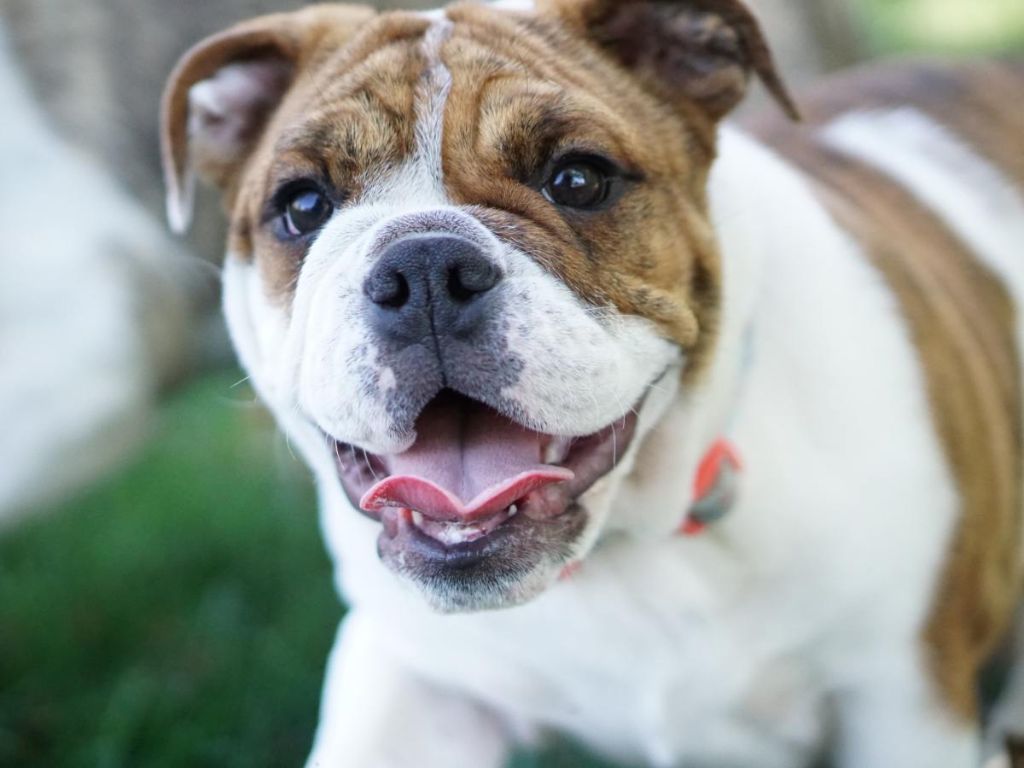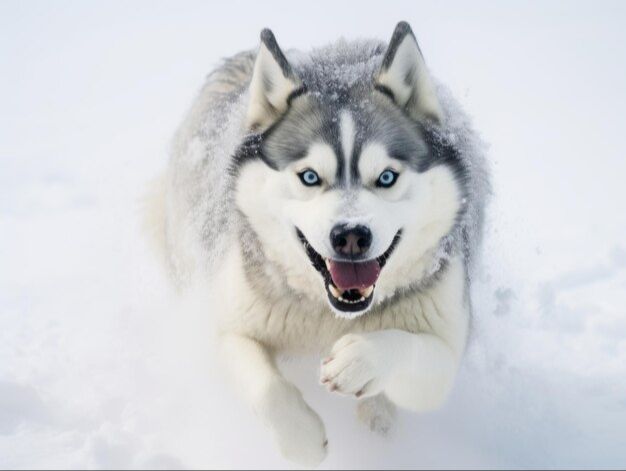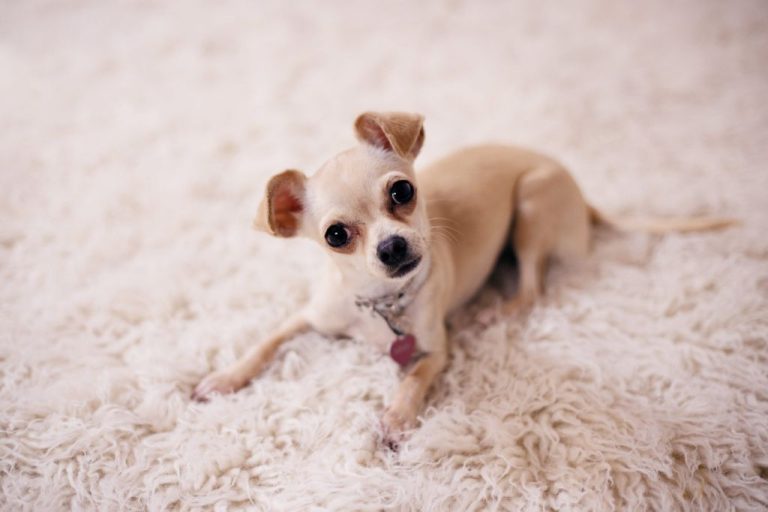English Bulldog: Characteristics And Unique Physical Features
The English Bulldog is a relatively new breed that originated in England in the 1500s. They were originally bred for the cruel sport of bull baiting, where dogs were trained to bite and hang onto a bull’s face until the bull collapsed from fatigue, injury, or death. When bull baiting was banned in 1835, the original Bulldog breed died out, as there was no longer a purpose for their existence.
Around 1850, some enthusiasts of the old Bulldog decided to resurrect the breed by breeding the gentlest specimens of the original Bulldogs to other breeds like pugs and terriers. This created the friendly and mellow Bulldog we know today. The goal was to preserve the Bulldog’s iconic appearance while breeding out its ferocity. Over time, the English Bulldog became one of the most beloved and popular breeds, especially in England and the United States.
While the English Bulldog today retains much of the physical appearance of its ancestor, its friendly temperament sets it far apart from its Bloodsport past. This medium-sized breed is known for its loyalty, courage, and adaptability. Though originally working dogs, modern English Bulldogs are primarily family companions and show dogs.

Physical Characteristics
English bulldogs are known for their distinct physical features. They have a short, stocky, and muscular body with a broad chest and wide shoulders 1. Their large head is square in shape with a shorter snout or muzzle. This brachycephalic (short-headed) breed also has heavy skin that forms wrinkles on their face, often described as having a “sourpuss” facial expression 2.
Other defining physical traits include their underbite or undershot jaw, rope over the nose, round dark eyes, and folded or rose-shaped ears. Their legs are thick, short, and set wide apart, giving them a distinctive bow-legged or bandy gait when they walk.
Coat & Colors
English bulldogs have a short, smooth coat that lies flat against their body. The coat is easy maintenance and sheds lightly. English bulldogs come in a variety of colors, though the most common are red, fawn, white, and brindle.
According to Bruiser Bulldogs, the standard colors accepted by kennel clubs are red, fawn, white, and brindle or any of these in combination. Pied coats with large patches of white are also common.
Some rare or non-standard colors like black, blue, lilac, chocolate, and merle occasionally occur, according to Bulldogology. These colors are considered rare and can fetch higher prices from breeders.
Coat colors can vary widely within the breed. The fawn coat in particular can range from a light tan or cream to a rich reddish brown. Brindle coats feature streaks of black or brown over a fawn background.
Temperament
Known for their friendly, courageous, and calm demeanor, English bulldogs make excellent companions. According to Petplan, “English Bulldogs are sociable and wonderfully laid-back characters; the breed is prized for its personality rather than pure performance.”
The English bulldog breed does very well with children. Their gentle and patient nature makes them ideal family pets. However, some aggression toward other dogs can occur in some bulldogs, especially those not properly socialized. As the Your Purebred Puppy review states, “Some English Bulldogs are quite dominant and aggressive toward other dogs of the same sex.”
Overall, the English bulldog has a pleasant temperament perfect for life as a companion dog. Their mild manner and affectionate personality have made them a popular breed choice for many years.
Exercise & Activity Level
English Bulldogs have moderate exercise needs. A daily walk and some playtime will satisfy their activity requirements Understanding the Unique Traits of a Blue English Bulldog. Due to their brachycephalic head shape, they are susceptible to heat exhaustion and should not be overexerted on hot days White English Bulldog: Dog Breed Information & Pictures. Keep exercise sessions short but frequent for this breed. English Bulldogs enjoy having a safe space to roam around and explore, but extensive running or jogging is not recommended.
As puppies, English Bulldogs should not be excessively exercised since their joints are still developing. Adult English Bulldogs need 20-30 minutes of exercise per day. Low impact activities like walking and playing are ideal. English Bulldogs also enjoy mental stimulation with interactive toys and food puzzles. Monitoring them outside is advised as they can easily overheat if playing too vigorously.
Health Issues
English Bulldogs are prone to certain health issues, mostly related to their short muzzles and stocky bodies. Some of the most common health problems include:
Brachycephalic syndrome: This affects dogs with short noses and narrow nostrils, like English Bulldogs. It causes breathing difficulties, snoring, overheating, and even collapse. Surgery can help open up nasal passages.
Hip and elbow dysplasia: These joint conditions lead to arthritis and lameness later in life. Keeping your bulldog at a healthy weight can help prevent worsening.1
Allergies: English Bulldogs are prone to skin allergies and irritation. Regular grooming, medicated baths, and medications can provide relief and prevent infections.2
Skin fold infections: The folds and wrinkles around an English Bulldog’s face are prone to yeast and bacteria buildup. Gently cleaning in between folds daily helps prevent infection.
Grooming
English Bulldogs require regular grooming to maintain the health of their skin and coat.[1] Their short, fine coat needs to be brushed once a week to remove dead hairs and distribute skin oils. Pay close attention to brushing in wrinkled areas where dirt and debris can collect.
Due to facial wrinkles and loose skin, it’s important to clean a bulldog’s face daily to avoid infections developing. Use a damp cloth to gently wipe the facial wrinkles, being careful not to get water in their ears.[2]
An English Bulldog’s nails should be trimmed monthly to keep them from cracking or splitting. Take care not to cut nails too short to avoid pain and bleeding.
Regular grooming and cleaning is essential for this breed to prevent skin issues and irritation in folds and wrinkled areas.
Training
English Bulldogs respond well to positive reinforcement training techniques like food rewards, praise, and play (castlewoodbulldogs). Early socialization is important for English Bulldogs to help them develop good manners and get comfortable around new people, animals, places, and experiences. Due to their sometimes stubborn nature, training requires consistency and patience. Setting a routine and schedule can help Bulldogs thrive. Owners should be firm but never harsh during training (petplan).
Nutrition
English Bulldogs are prone to obesity due to their inherent laziness combined with a love of food.1 They require high-quality dog food formulated specifically for their breed and size. It’s important not to overfeed English Bulldogs, as excess weight gain can exacerbate joint problems and other health issues common to the breed. Owners should watch portion sizes carefully and limit treats. High-fiber dog foods can help English Bulldogs feel full while consuming fewer calories. Regular weigh-ins and veterinary checkups are recommended to monitor an English Bulldog’s weight and body condition.
Breed Popularity
The English Bulldog is the 4th most popular breed according to the American Kennel Club (AKC) rankings in 2022, moving up from 5th place the previous year. The breed’s friendly, affectionate nature and amusing antics make it a popular choice for families. The AKC reports that the English Bulldog has firmly secured its place as one of the top 5 most popular breeds since 2013.
References:
https://www.akc.org/expert-advice/dog-breeds/most-popular-dog-breeds-2022/
https://www.akc.org/most-popular-breeds/






